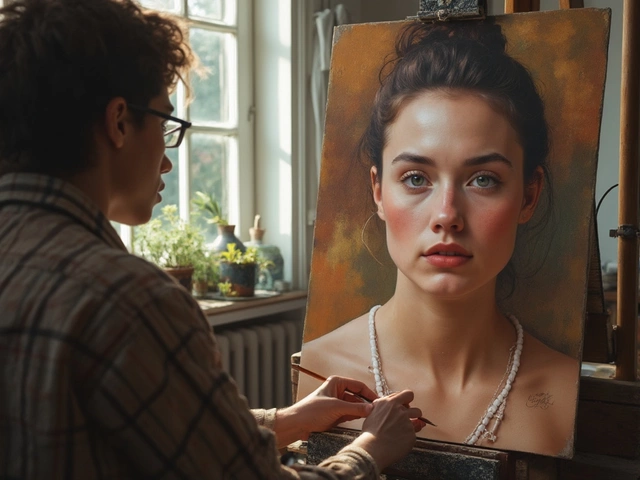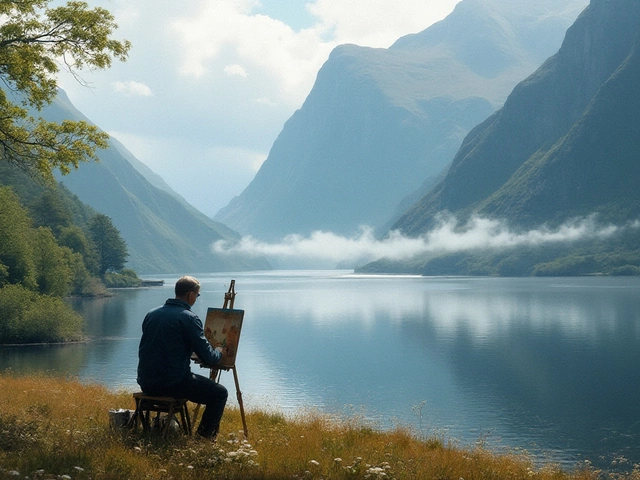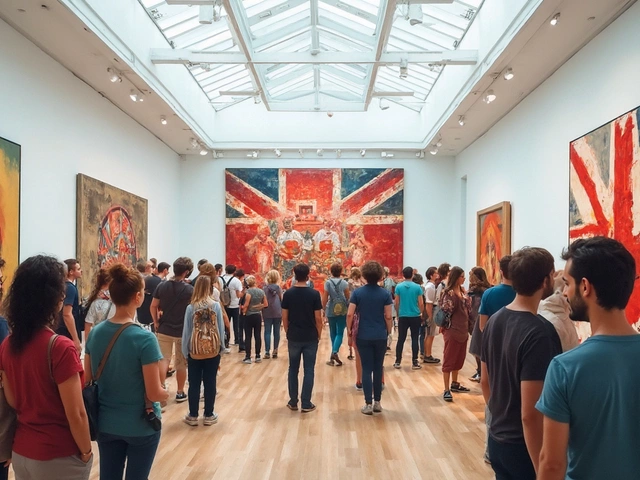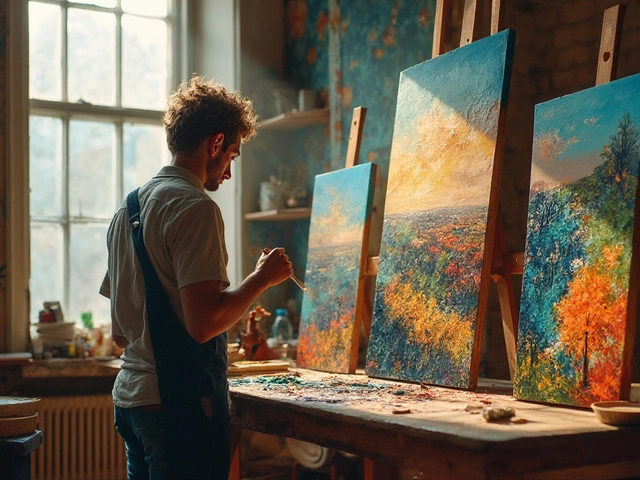Watercolor Ripples: Mastering the Flow
When you explore watercolor ripples, the subtle wave‑like patterns that form as pigment meets water on paper. Also called ripple effects, they bring movement and depth to a piece. Understanding these ripples opens the door to richer watercolor painting, a medium that uses transparent pigments mixed with water and lets you control how light and shadow play across your work.
Creating convincing ripples isn’t magic; it relies on a few core ideas. First, the paper’s surface—its texture and absorbency—acts like a stage. The finer the grain, the more delicate the wave can be. Second, the ripple technique itself demands a gentle hand and the right amount of water. When you tilt the sheet or add a splash of clean water, the pigment spreads, forming the characteristic concentric lines. Finally, the artist’s intent guides the effect. Whether you want a calm lake surface or a storm‑tossed sea, you adjust pigment load, brush size, and drying time. In short, watercolor ripples require the right paper, the right tools, and the right mindset.
Why Ripple Effects Matter in Modern Art
Today’s creators use ripple patterns to signal emotion, motion, and atmosphere. A subtle ripple can hint at a breeze across a meadow, while bold, overlapping waves can convey turmoil. This visual language ties directly into broader art trends like contemporary watercolor explorations and mixed‑media experiments. Artists who master ripples often blend them with gouache highlights or ink outlines, adding contrast and focus. The ripple technique also dovetails with digital workflows—many artists scan their wet work, then enhance the ripples in software, merging traditional and modern practices.
Beyond aesthetics, ripples have practical benefits. They help break up large flat color areas, preventing a piece from looking flat or static. They also guide the viewer’s eye, leading it through the composition in a natural flow. When you layer a second wash over an existing ripple, you get depth without extra drawing. That’s why instructors emphasize ripple practice early in watercolor courses; it builds confidence in handling water, pigment, and timing—all essential skills for any watercolor artist.
In the collection below you’ll find a mix of how‑to guides, artist spotlights, and trend analyses that all touch on these ideas. Whether you’re a beginner curious about why watercolor can feel tricky, or an experienced painter looking for fresh ways to integrate ripple effects into a contemporary piece, the articles ahead cover tools, techniques, and real‑world examples. Dive in and see how mastering the simple wave can transform your whole approach to watercolor art.
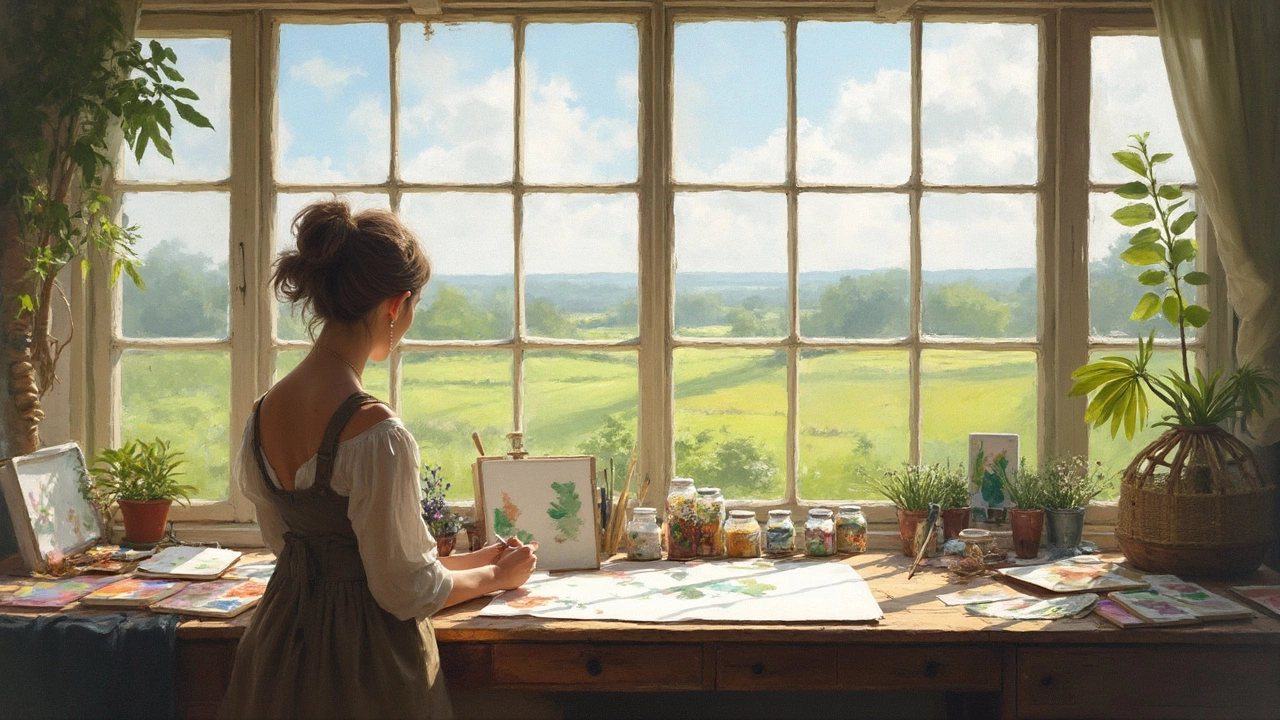
Discover effective techniques to eliminate ripples from your watercolor paintings. This guide provides practical tips and insights on maintaining smooth surfaces in your artwork. Understand the causes of ripples and learn how to prevent them with simple yet effective methods. Achieve professional-looking watercolor pieces with confidence.
